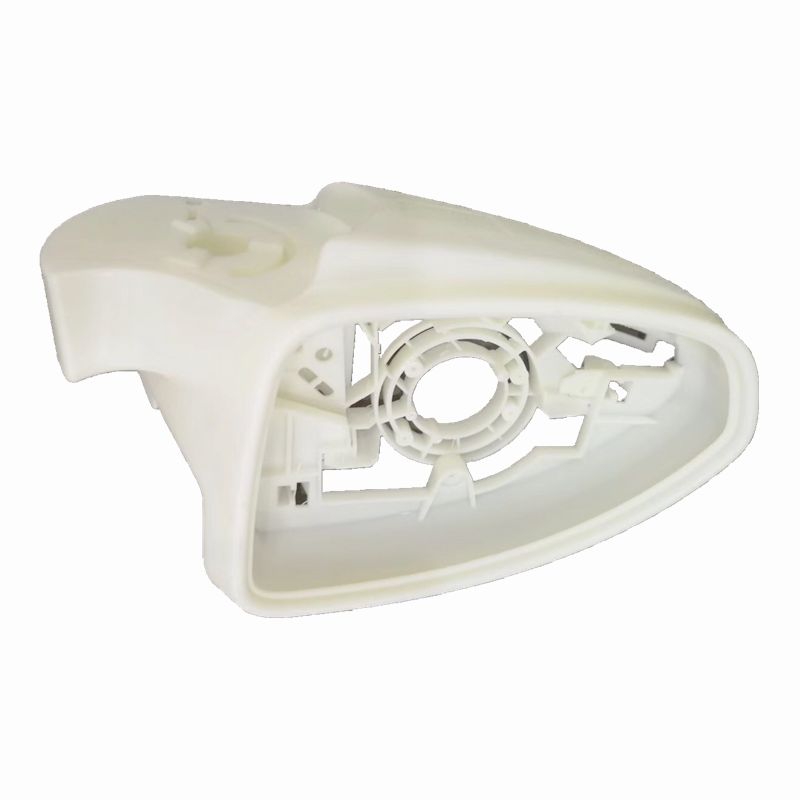Why are auto manufacturers using 3D printers
In recent years, the application of 3D printing in automobile manufacturing has developed rapidly. Whether it is car manufacturers, parts manufacturers or after-sales service providers, 3D printing has opened up a faster and more efficient shortcut for innovation, so that enterprises are not restricted by traditional manufacturing methods. Enter the fast lane of development. According to the observation of Borui Exhibition, the application of 3D printers in automobile manufacturing is mainly divided into four aspects: powertrain, chassis system, interior and exterior.

Automotive powertrain
Using 3D printing technology to make conceptual models and functional prototypes can help automotive designers and engineers verify the design of clutches and other engine components in the early stages of product development. Compared with traditional methods, 3D printing services can greatly save design verification time and minimize the cost of design errors. European sports car manufacturer Lamborghini used 3D printing to make engine engine pipes for its sports cars, achieving the creation of complex geometric structures in a very short time.
Car chassis
Production and assembly tools and functional testing are two common applications of 3D printing in the development and production of automotive chassis systems. Lamborghini also uses engineering-grade thermoplastics to make high-strength automotive chassis prototypes and uses high-performance engineering plastics to customize assembly tools.
Car exterior
Leading companies in the automotive industry use 3D printing technology, including tooling and fixtures, end-use parts and functional prototypes, to simplify the production cycle of automotive exteriors, reduce the weight of automotive manufacturing tools, and reduce production costs. Applications include bumpers and mudguards. Many automotive exterior parts such as panels, car lights and car logos. For example, 3D printing has become an indispensable technical means in the BMW R&D cycle. The company's tooling and fixture department uses 3D printing to produce tooling and fixtures for automobile assembly and testing. Through lightweight design, production efficiency is greatly improved.
Automotive interior
It can print a variety of materials with different mechanical properties at one time. This feature is widely used by manufacturers in the product design and R&D evaluation of automotive interior parts, including dashboards, air conditioning exhaust fans, steering wheels, and automotive joysticks 3D printing can be used to realize prototype manufacturing of parts composed of various materials and processes. Compared with traditional manufacturing methods, on the one hand, it can reduce the design cost; on the other hand, it can accurately restore the shape and material characteristics of the product, so that all aspects can be evaluated and quickly modified, thereby accelerating the time to market.
The benefits of 3D printers
Traditional mechanical manufacturing is based on a combination of cutting, drilling, milling, grinding, casting, and forging and other basic subtractive manufacturing processes; while 3D printing technology is a one-piece molding technology, mainly using "layered manufacturing, layer by layer" process. Almost arbitrarily complex shapes can be manufactured by 3D printing technology as long as they are designed in 3D design software. In terms of manufacturing process, 3D printing technology shows its own subversive advantages: regardless of difficulty, it can print products of any geometric shape in an integrated manner.
For parts with complex structure, 3D printing technology can realize the overall printing and forming, avoiding the increase in quality and potential quality defects caused by welding and forming a complex part after being split and manufactured, and it can even cancel the assembly of complex parts. Used in auto parts can not only reduce weight, but also reduce assembly time and change component connection defects. At the same time, designers and engineers can optimize the design of parts and realize the creation and manufacture of organic shapes and complex geometric shapes such as hollow and negative stretch.
Industry leaders such as Changan Automobile, Ford Automobile, and Dongfeng Xiaokang Automobile are using 3D printing technology to independently produce durable concept models, functional prototypes, production tools and small batches of end-use parts within the enterprise to help automotive engineers and designers Carrying out a comprehensive design evaluation before the component is put into production, it also helps companies to significantly reduce R&D costs and shorten the time to market.
